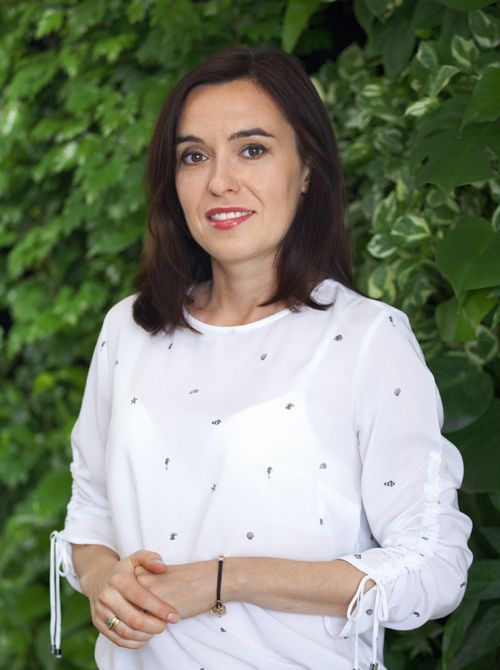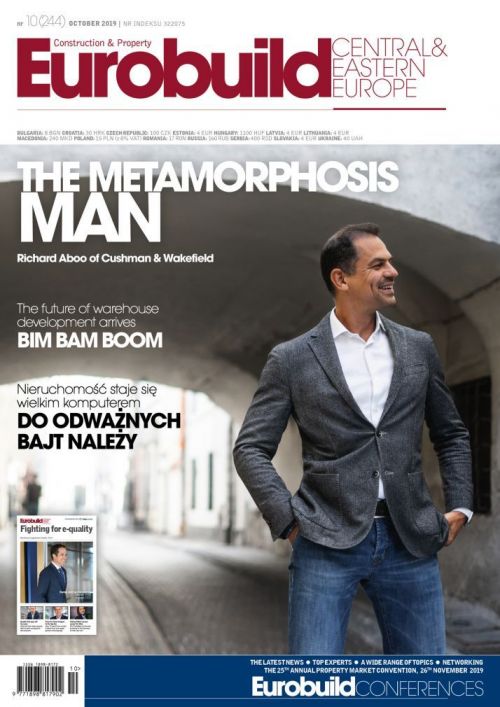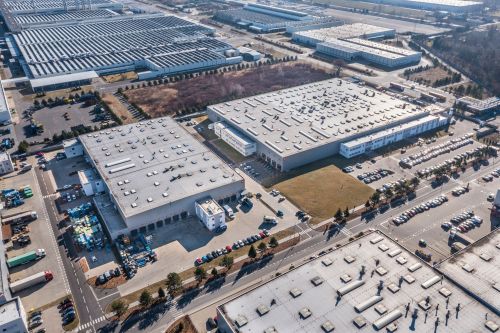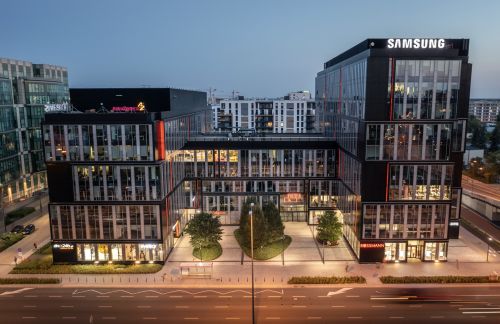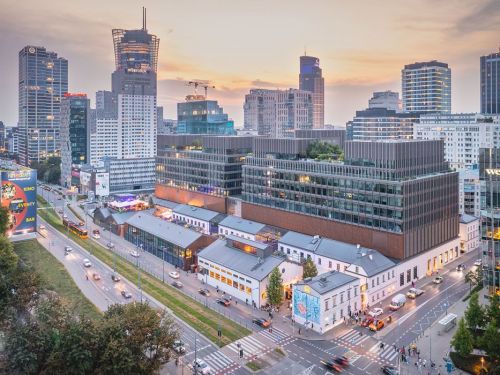Scientific studies all agree that greenery has a calming effect, improves concentration, reduces stress levels and even increases creativity and productivity. Added to all that, it has now become an important feature of interior design, as you can increasingly hear from investors, architects, property managers and (possibly most of all) from tenants. This year, 4Nature System Wertykalni published the results of studies carried out jointly with the Polish Green Building Council [PLGBC] and the Silesian University of Technology on the impact of plants on the well-being of office users in Poland. The research has confirmed that to be healthy, effective and happy, Polish office personnel need to be surrounded by nature in the workplace: 86 pct of respondents had a positive opinion of the effects of plants on work comfort, 92 pct would like to have plants in their surroundings, while 88 pct of employees recognised that living vegetation in the workplace is one of the factors that affect the
